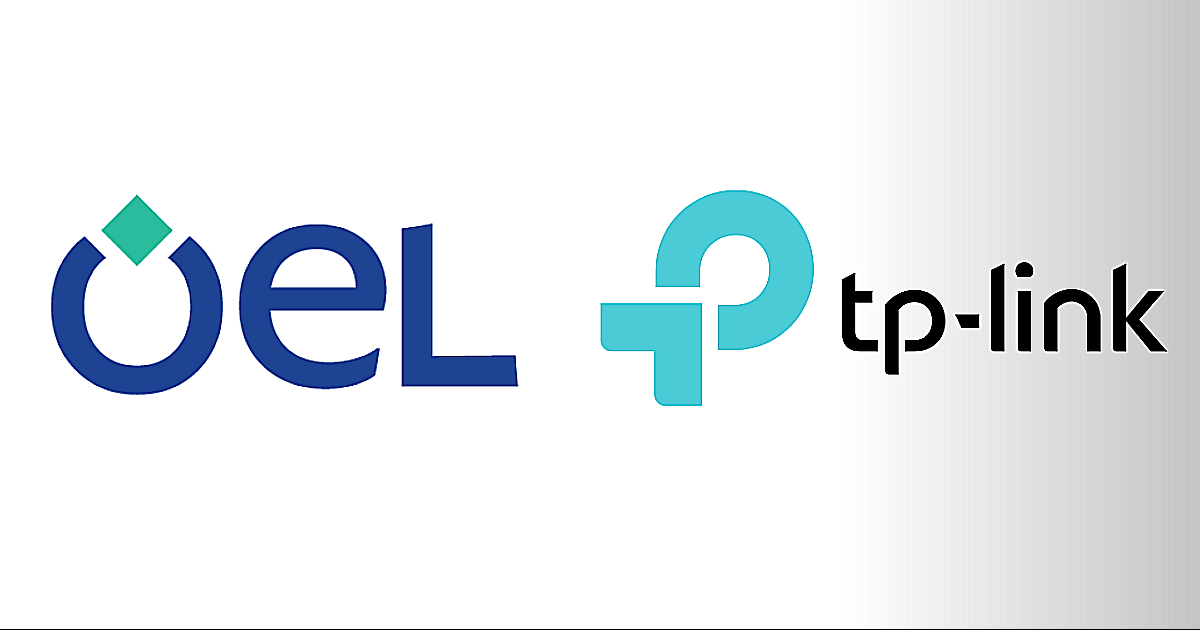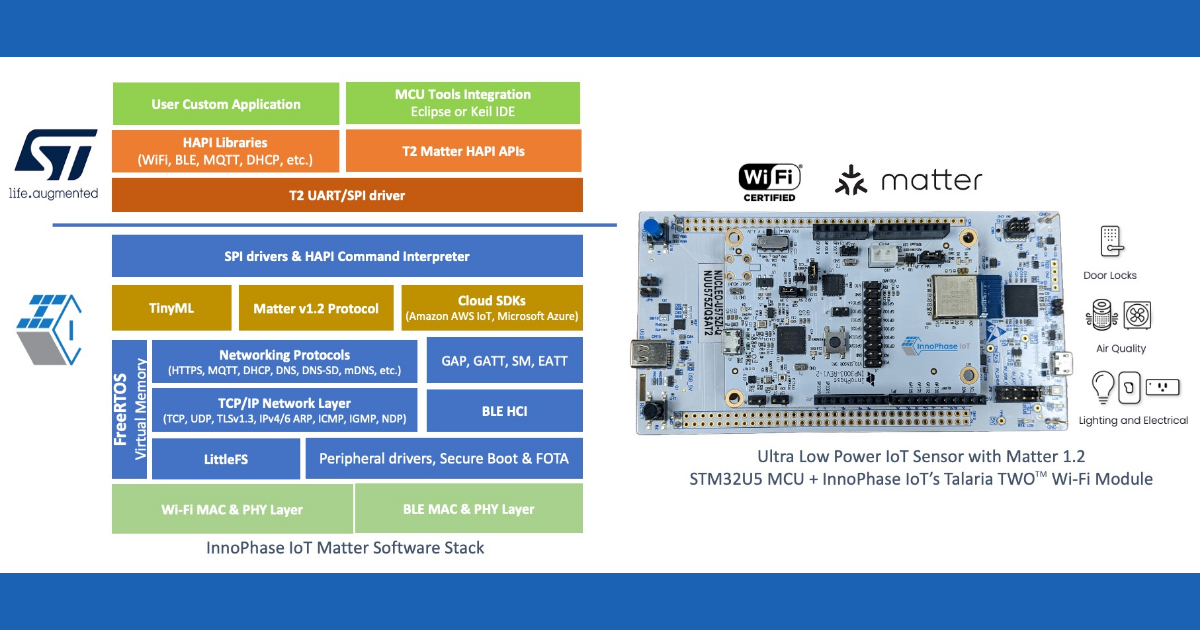
Smart Cities are booming in 2020, with every major industry analyst covering the category forecasting steady and even stunning growth. While we’re all familiar with the upward mobility of overall IoT and Industrial IoT financial forecasts, it is the edge computing market that may tell the “value” story associated with not just an operational and secure but highly intelligent edge, leveraging AI and Machine Learning, for example, to support automated systems which is where the most cost savings and functional improvements may be found.
Last year, Market & Markets estimated the Edge Computing Market size will grow from USD 2.8 billion in 2019 to USD 9.0 billion by 2024, at a CAGR of 26.5% during the forecast period. In their report, they said the Smart Cities segment will drive the most need, with rising demand for low-latency processing and real-time, automated decision-making solutions, and the need to address and manage exponentially increasing data volumes and network traffic.
As solution providers roll out impressive building security, parking and traffic management, government asset management, public safety systems, and much more, they are pushing computing to the edge and driving innovation up and down the IoT/IIoT stack but in the physical network infrastructure, which signals a growing demand for (and budgets for) more fiber optic cables which support 5G wireless networks. Edge networking must be supported across hundreds if not thousands of potential combinations of sensors, actuators, gateways, small cells, and more, and applications that run locally while still requiring transmission of data to cloud applications for analytics and reporting.
The Market & Markets study also reports that the platform segment is expected to grow at a higher CAGR during the forecast period. With an increase in edge devices and data centers, service providers and enterprises need access to software capable of controlling operations at the edge, from devices to rapidly growing edge data centers, helping connect nodes in the infrastructure and enable the secure, reliable and cost-effective flow of data across various networks.
We’ve asked a few experts in the field (across domains) to share what they are seeing early in this new year, starting with Eric Simone, CEO of ClearBlade, an IoT and IIoT edge platform developer with many smart building, venue and city projects underway. “We’re seeing substantial investments in intelligent edge infrastructure by our clients and our partners,” Simone said. “When you run a platform, you have visibility into everything required to support the rapid rise of automated systems, and you need to orchestrate across the ecosystem everything from the physical infrastructure including edge devices and the gateways that connect them to any number of networks, all the way up to the cloud as applications warrant. Without harmonizing all this – which is exactly what quality IoT platforms must do – investments will never be fully optimized, and the ROI will not meet expectations, which has been a serious issue for legacy Smart City deployments.”
Simone explained that “the platform” helps in the design and provisioning phases, then makes it possible to monitor, measure and manage the solutions that make train crossings safer, for example, make people counting in large public venues possible for applications including responding to potential threats, and simply make logistics and life simpler with traffic routing and parking applications.
“What many are missing is the use of scalable platforms to normalize many different types of sensors, equipment, local edge networking that doesn’t touch the Internet, and edge networking that is designed to leverage the Internet, for example, NB-IOT which a lot of telecom service providers have chosen over many other options including LoRaWAN, Zigbee, Bluetooth and more,” Simone said. “Based on our clients, interactions with partners, and insights from industry observers, just as ‘vendor neutrality’ is important to avoid expensive and frustrating lock-ins, ‘protocol neutrality’ is equally or even more important especially as we move more aggressively into open computing and networking. Smart City planners are just now getting comfortable with the fact that they will need different combinations depending on the application, and that in order to embrace the related complexity, they need to rely on software platforms for visibility, quality assurance and maintenance and management that especially goes along with larger IoT public and private initiatives within our largest cities.”
ClearBlade is one of three companies who announced with Rocket Wagon Venture Studios last month the establishment of a new Technology Alliance Partner Program, supporting innovation by bringing mature, proven platforms and capabilities to IoT startups, including those affiliated with the Smart City and Edge Computing markets. Don DeLoach, founder and CEO of Rocket Wagon Venture Studios, has been active in the evolution of smart cities since their inception decades ago, working with the Midwest IoT Council and a member of the Executive Committee of the Array of Things Project (a U.S. Department of Energy Smart Cities Initiative) among many other organizations promoting strategies and standards for smart communities.
“Tomorrow’s smart cities will rely on edge computing infrastructure to optimize the potential of data-driven tech of the future, designed to support an evolving world of cyber-physical transformation, DeLoach said. “We have to focus on the distributed, de-centralized edge more comprehensively and systematically than ever. For example, self-driving cars and other IoT devices have to be built with sufficient processing power so they can perform some work themselves, at the edge, without sending it to the cloud, and those self-driving cars must communicate with other connected cars and smart city traffic systems. Without edge computing, autonomous vehicles will struggle to interact with the heterogeneous infrastructure and other entities in their proximity, and that could be deadly. Look for autonomous vehicles to flourish in the future smart city networks of automated taxis and delivery services, and public transportation whether it be light rail above ground, or new and reconfigured metros underground.”
“The key with edge computing is to keep the data as close as possible to it is generated or collected for processing in order to maximize speed and minimize network latency,” said Bob Mazer, co-founder of Smart City Works, a non-profit organization located in the Washington, DC metro area, and currently leading a major initiative in Northern Virginia, working with Virginia Tech, AWS and a range of top public and private organizations and enterprises supported by a grant from the U.S. government. “The requirement for building out edge capabilities is great for economic development, given that we truly do need new networks, new edge data centers that bridge end-user and core, by putting small but powerful processing hubs as close as possible to devices. The Smart City movement, which we’ve been championing successfully for many years, has truly become an industry ecosystem, and is going to require education, training, regulations, new skills and an entirely new level of entrepreneurship. The returns will be exciting, not only in terms of return on financial capital, but the improvement of life in large cities especially with positive impacts on the environment, public safety, and an inevitable reduction in the cost of operating government, government services and the management of climate change. All this requires investment at the edge.”
“Look for the evolution of the Smart City edge to create enormous financial upside opportunities for all companies who bring something to the table,” said David Walsh, an American entrepreneur, investor and Internet disrupter whose experience crosses technology and networking as well as capital markets, where he has been running investments in the private equity world for many years, including during thirteen years at JPMorgan Chase & Co.’s One Equity Partners. “Conquering the challenges of the last mile – and today the last millimeter – takes a clear understanding of how data is generated, shared, stored, analyzed, and acted upon. Only after we solve for low-latency computing at the edge will we be able to leverage data exchanges, allowing smart city systems to talk to each other, given the co-dependencies in complex digital cities that we are designing to make life feel simpler and safer.”
Walsh believes we are only now seeing the “network effect” kicking in and has created a new paradigm called “Walsh’s Law” to explain his vision as digitization amps up. “IP Networks, expanded by the IoT edge and massive growth in content will drive new peering models,” Walsh said, noting that many analysts are missing the importance of not just connectivity but content – and context.
If “N” is users and “C” is content and “E” is IOT endpoints, Walsh’s Law is NV = n(n-1)/2 + c(c-1)/2 + e(e-1)/2.
“I’m a huge fan of Bob Metcalf and his early law, which guided the explosion of the Internet twenty plus years ago,” Walsh said. “As more people, places, and things are connected, and as more content and data traverse networks constantly and contextually, the value of a network is no longer just the squared value of the number of users, as we believed a few decades ago. Rather, the new value of the network is created by the number of users, end points, and content connected by the network. Nowhere will this be more evident than in smart cities.”
Walsh also believes there will be massive growth in fiber optic cables and related technologies and services. “With edge computing, we can be immediately responsive to situations, but only if we can collect and act on data within nano-seconds. Location, location, location is critical, and the ability to compute locally and connect globally is fundamental to smart city applications. Look for smaller, more localized roll outs of fiber optic networks which leverage the natural economics and resiliency of the Internet, and for physical improvements in fiber to allow it to “go anywhere” including connecting edge data centers with edge devices. Success will be in the mix, and unprecedented returns will happen for investors to understand and place their bets on completely new models combining physical and digital worlds.”
Arti Loftus is an experienced Information Technology specialist with a demonstrated history of working in the research, writing, and editing industry with many published articles under her belt.Edited by
Ken Briodagh





